History of Chinese Ceramics
2020/10/17
Ceramic this ancient invention, in fact, contains a lot of physical and chemical expertise, in that era of knowledge and information, our ancestors, how to achieve this great invention?
For example, the gunpowder, one of the four great inventions, originated from the ancient fire alchemy, which was really a "medicine" used to cure diseases or try to prolong life. The ancients were inspired by the phenomenon of an accidental explosion. It was later invented as a military weapon.
There is also the compass, the origin is also because the ancestors in the exploration of iron ore, accidentally found the iron absorption of the magnet, and then found the direction of the magnet, after a long period of experimental research, finally invented a practical compass.
Like everything, there are arrangements, they are linked to each other, until the perfect presentation of the results.
The same is true of the invention of ceramics.
If the pottery pieces unearthed from Xianrendong site in Northeast Jiangxi Province are calculated, the Chinese pottery has a history of nearly 20,000 years, that is, the late Paleolithic period of human beings.
The primitive man at that time, the use of drilling wood to fire, has reached the point of perfection, yes, our ancestors, will barbecue.
In addition, their understanding of clay has a long history. Ancestors have long discovered that water-soaked clay is sticky and plastic and becomes very hard after drying.
It can be said that the use of fire, the discovery of clay, is the two major premise of the invention of pottery.

▲ Wannian Fairy Cave excavated pottery, nearly 20,000 years ago
Now, allow me to imagine being addicted to a scene:
To thank the gods for their gifts, they raised a bonfire that night and organized a rather grand barbecue feast.
Playing with mud may have been the nature of children since ancient times. That night, adults, busy eating, children in the daytime drying of all kinds of mud modeling. One of the children accidentally threw a rough, bowl-like mud into the fire.
The next day, when the primitive man cleaned up the scene, he accidentally found the pottery bowl that had been fired all night. They were surprised to find that the burnt mud was more durable than drying, and the food of the device would not stick to the mud residue.
The invention of pottery is the first time that human beings use natural materials and create a new thing according to their own will. It is a major process of human civilization.

Later, the ancients found more and more drawbacks when using pottery, such as in addition to a single color, pottery is particularly not durable, easy to collapse. Perhaps our ancestors were cooking, a pia, the bottom of the pot leaked, a pot of soup destroyed. Fury!
So after a long time evolution, the ancients in the firing of white pottery and printing hard pottery experience, gradually explored the appearance of more exquisite, more convenient to use porcelain.
( A little common sense:Usually called "ceramics ", is" pottery "and" porcelain "collectively, pottery and porcelain, are two concepts, two items, their use of raw materials, firing methods are completely different. )
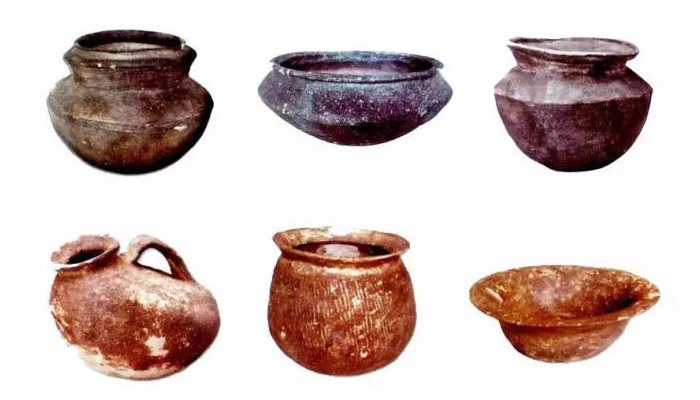
From pottery to porcelain, there is a transition period, that is, the Shang Dynasty-the Spring and Autumn period of white porcelain.
Although white porcelain is classified as porcelain, it is still rough and low in firing process, so it is generally called "original porcelain ", and we can also call it porcelain version 1.0.
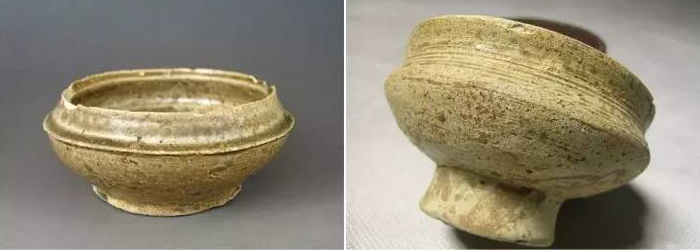
China's real porcelain originated in the Eastern Han Dynasty.
The porcelain of the Eastern Han Dynasty, fine processing, hard tire, no water absorption, a layer of cyan glass glaze on the surface, such a high level of porcelain making technology, marks the Chinese porcelain production has entered a new era.
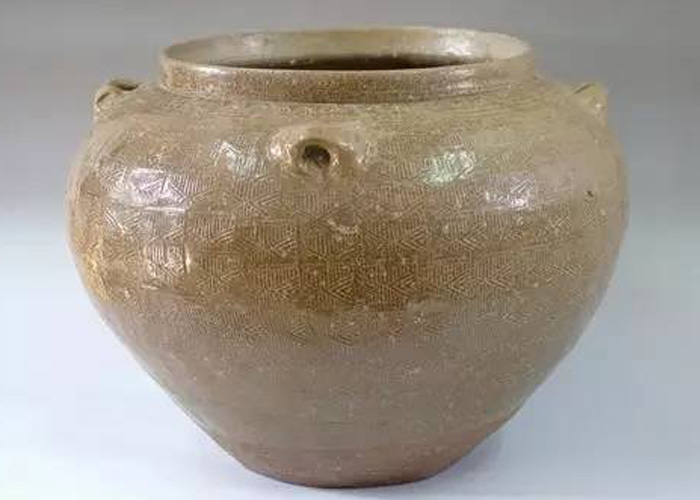
▲ Eastern Han Dynasty Green Glaze Water Wave Pattern 4 Series Tank
The production technology and artistic creation of porcelain in Tang Dynasty reached the first peak of Chinese ceramic history.
Yue kiln celadon such as ice like jade, Xing kiln white porcelain silver like snow, Tang three colors bright color, achieved the "South Qing, North White, Tang three colors" prosperity.
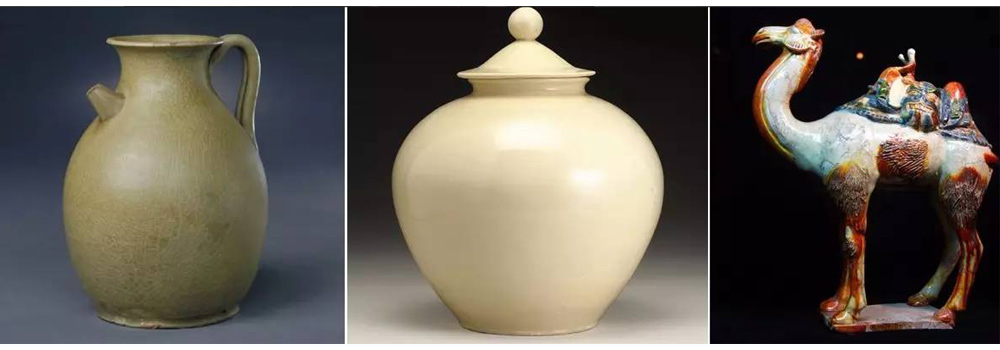
▲ above picture are: Yue kiln celadon & Xing kiln white porcelain & Tang three colors
By the Song Dynasty, the tire, glaze and production technology, and other aspects, there has been a new promotion, porcelain burning technology reached a fully mature level, famous porcelain kiln has spread throughout most of China, Chinese porcelain industry in the Song Dynasty, reached the peak period.As we have always said, black porcelain represents —— Jianzhang, which is one of the eight famous porcelains in Song Dynasty.
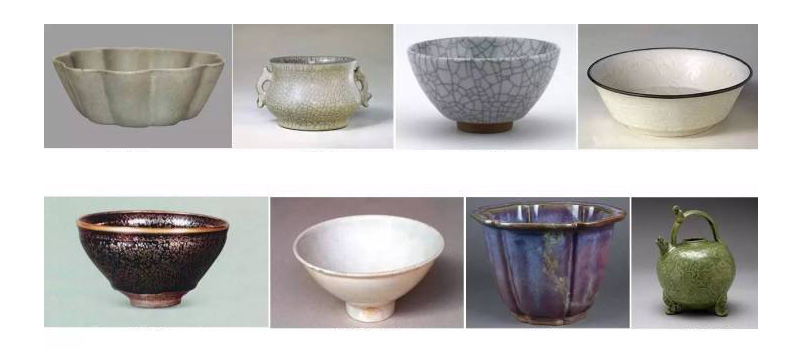
Later, the wheel of history entered the Yuan Dynasty, Jingdezhen produced blue and white porcelain, enamel transparent as water, thin and light body, white porcelain body with blue ornaments, elegant fresh, full of vitality, once launched, it swept the whole country.

▲ the world's only green porcelain pot "Guiguzi downhill ", in 2005 in London Christie's auction house, sold 230 million yuan, interested partners, can pick up its background.
Finally, let's take a look at the ceramics of the Ming and Qing dynasties.During the Ming and Qing dynasties, Chinese ceramics opened the world of colored porcelain. From monochrome glaze to polychromatic glaze, then from underglaze to glaze color, and gradually developed into underglaze and glaze painted multicolored, bucket color.
One of the most famous is that in 2014, at the Sotheby's auction house in Hong Kong, Liu Yiqian, the Chinese collector, took a bucket cup for 281.24 million Hong Kong dollars (225 million yuan) in the Ming Dynasty.
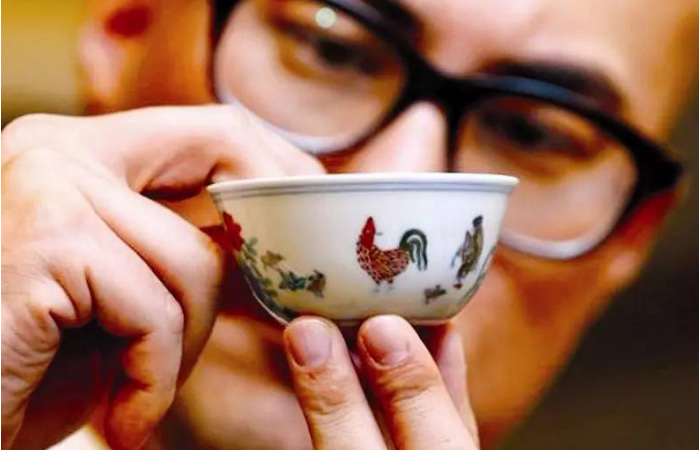
China is the hometown of porcelain, and the word china( porcelain) has become synonymous with China.
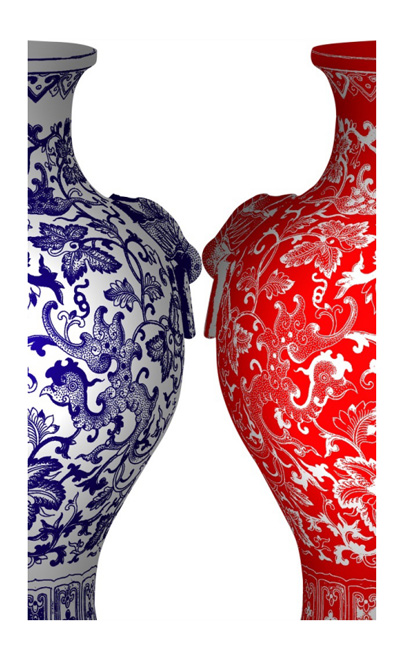
What is now called "Belt and Road ", the" Maritime Silk Road ", was also called "Ceramic Road ".
Because the nature of ceramics is different from silk, it is not suitable for land transportation, so choose to use the sea road, although there are still many commodities in the spread of this commercial road, such as tea, spices, gold and silverware, but mainly to ceramic trade, so also known as "ceramic road ".
This article, as a minimalist version of the history of Chinese ceramics.





